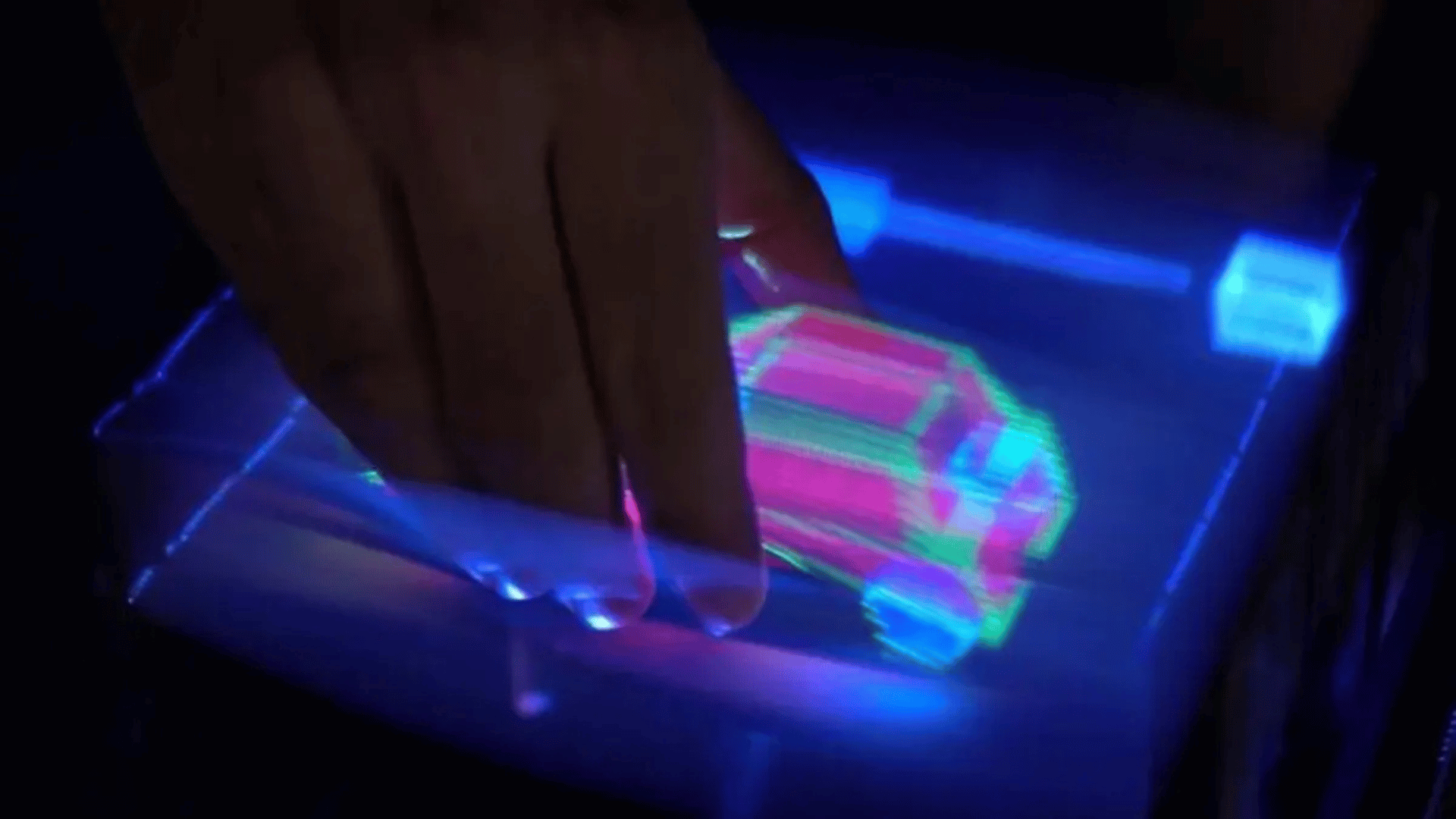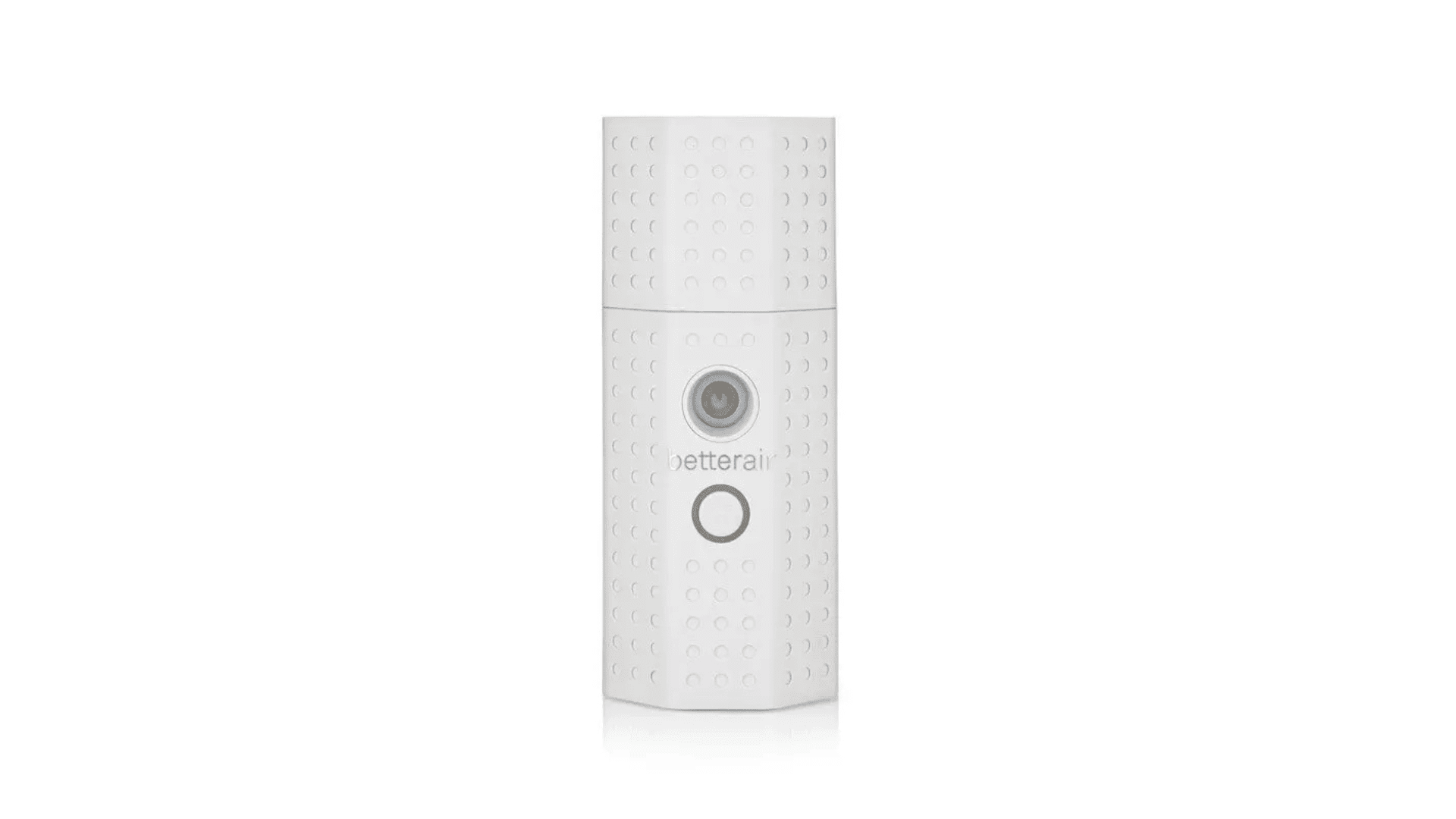A new study on the HAL open archive explores how three-dimensional holograms could be grabbed and poked by using elastic materials as a component of volumetric displays. Though holograms are nothing new, this study is reportedly the first time 3D graphics have been manipulated in mid-air with human hands.
Interactive 3D Technology

Led by Doctor Elodie Bouzbib and including Iosune Sarasate, Unai Fernández, Manuel López-Amo, Iván Fernández, Iñigo Ezcurdia, and Asier Marzo, the new research could allow 3D graphics to be manipulated without damaging the holographic system. The interaction, for example, could involve grabbing and moving a 3D virtual cube with your hand.
“We are used to direct interaction with our phones, where we tap a button or drag a document directly with our finger on the screen — it is natural and intuitive for humans. This project enables us to use this natural interaction with 3D graphics to leverage our innate abilities of 3D vision and manipulation,” study lead author Asier Marzo, a professor of computer science at the Public University of Navarra, said in a statement.
To achieve this technological breakthrough, researchers considered the hologram’s diffuser, a fast-oscillating, rigid sheet onto which thousands of images are synchronously projected at different heights to form 3D graphics. Because the oscillator is rigid, it could cause injury to human hands that attempt to come into contact with it.
To solve this problem, researchers used a flexible material – the details of which haven’t been disclosed yet – that could be handled safely while also displaying the image well. Researchers also needed to overcome the challenge of the elastic material deforming from touch, but they solved this by implementing image correction.
Real-World Applications
“Displays such as screens and mobile devices are present in our lives for working, learning, or entertainment. Having three-dimensional graphics that can be directly manipulated has applications in education — for instance, visualizing and assembling the parts of an engine,” the researchers said in the statement.
“Moreover, multiple users can interact collaboratively without the need for virtual reality headsets. These displays could be particularly useful in museums, for example, where visitors can simply approach and interact with the content.”
The findings will be presented at the CHI conference on Human Factors in Computing Systems in Japan between April 26 and May 1.







